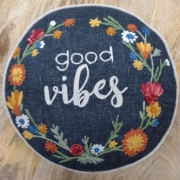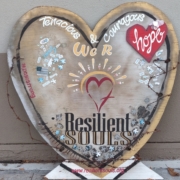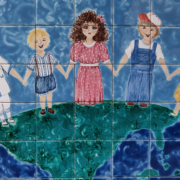5 Intention-setting Ideas to Celebrate Diversity
Celebrate Diversity Month!
Celebrate Diversity Month takes place each April. It was initiated in 2004 to recognize and honor the diversity of the world around us. It is a time to recognize and understand our differences, be it gender, race, ethnicity, faith, sexual orientation and other factors while honoring the common essence of humanity. By appreciating our similarities and differences, the month aims to encourage a deeper understanding of others, regardless of who they are or how they live. It’s also an opportunity to increase diversity in the workplace and various academic fields. Diversity Month pushes us to seek this knowledge so that we can build a tolerant world that welcomes everyone, regardless of who they are or where they come from. — Source: National Today.
Below are some intention-setting ideas for celebrating human diversity:
- Movie night. Consider hosting a cultural movie night with friends and plan to spend some time afterwards discussing the impact it might have had on each of you. Perhaps consider one of the following documentaries from last year:
- Four Daughters
- Beyond Utopia
- 20 Days in Mariupol
- Bobi Wine: The People’s President
- Cultural art. Perhaps you explore a cultural art exhibit, either in-person or online, such as the Heritage Museum of Orange County or museums around the world.
- Food. If you are foodie (and who isn’t these days!), consider exploring a local ethnic restaurant or market to sample food from a different culture.
- Music. Music is a cultural universal form of art. Although highly diverse in the structure and role, music is a common human experience. Perhaps listen to music from around the world as it can provide an insight into another way of life.
- Shop. Consider shopping with the intention to support a diverse business, especially one that might have been impacted by the pandemic. Below are some options to explore in Southern California:
- Matoska Trading Company in Orange
- Ten Thousand Villages in Redondo Beach
- Asian Garden Mall in Westminster
- The Golden Dreidle in Tustin












